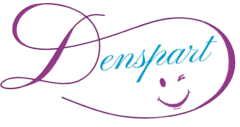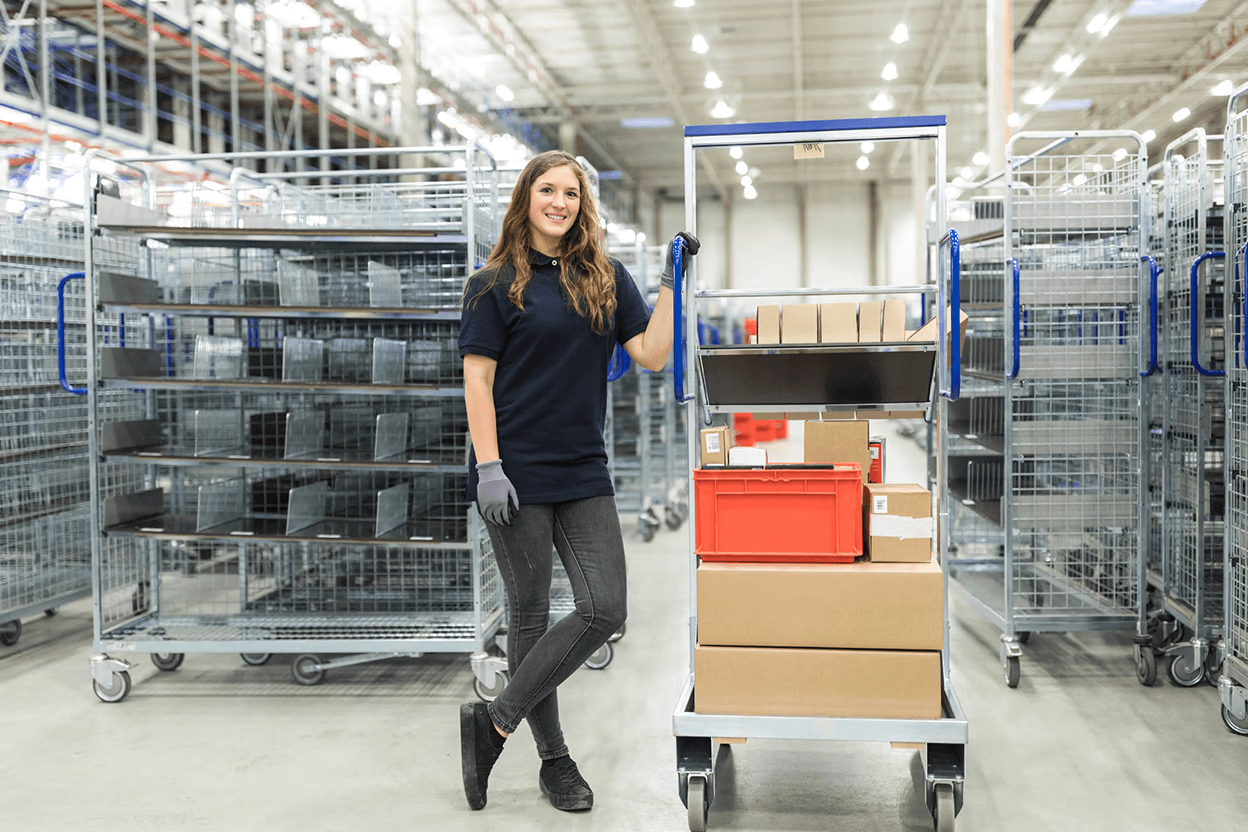When buyers primarily focus on sticker price, equipment procurement often comes to a standstill. A better method looks at total cost of ownership over the service life of the asset: purchase price, freight, installation, energy used, maintenance labour, spare parts, training, and ultimately disposal or resale value. But slightly higher-spec gear generally means less downtime, happier operators and less spent on repairs down the track, so some investment in greater spec may be worthwhile. For example, upgrading to high grade polyurethane wheels on a pallet jack will cost an additional twenty dollars per unit but may also extend that pallet jack’s service life by thousands of pallet movements, particularly on the rough concrete slabs found in many ageing Sydney warehouses. Distributors’ local stockholding also helps; when Team Systems has filters, drive belts and hydraulic seals in its Melbourne warehouse, regional operations escape the week-long lead times which can sometimes accompany offshore spare-parts procurement. Lease-to-own-funding is a way to maintain cash flow while synchronizing repayments with the increased revenues generated by the new equipment — a model reportedly increasing in popularity for several industries with unpredictable seasonal swings.
Bayesian Methods for Maintenance and Servicing Applications
Unquestionably, no equipment — irrespective of its sophistication — will last without some form of organized maintenance. Duration: 2 Years Preventive Maintenance (PM) schedules to be steadied to manufacturer recommendation to aid in circumvent catastrophic failures impacting productivity. For example, a forklift have a daily pre-start inspection, fifty-hour minor services and five-hundred-hour major services, whilst a conveyor require belt tension checks and lubrication after predetermined runtimes. New condition-based-monitoring technologies exist, from vibration sensors that notify technicians of bearing wear on conveyor rollers to infrared thermography that detects hot spots in electrical cabinets before a breaker trips. Right here in Australia for example, allows dust from rural inbound stock to seep into pivot points or optical sensors, and so regular cleansing processing are necessary. For instance, Warehousing equipment has in-field service contracts in line with Australian Capital Territory or Queensland statutory licensing frameworks, meaning facilities across the states can come under one national agreement. Good record-keeping not only pass the insurance audits, but also provide for a much greater value at re-sale time when the equipment after the end of its economic life.
Ensuring that it is safe and adept at what it will be doing requires training and workforcedevelopment.
People are the only effective user of the equipment. Forklift operators, elevated work platform users and crane drivers are required by law in Australia to hold a High Risk Work License, but this is merely formal recognition of competency. After induction, site-specific familiarization is required, covering, for example, traffic management plans, emergency procedures and racking clearances specific to the facility in which the new employee will be operating. On the contrary, supervisors who spend time running refreshers and toolbox talks see measurable gains in pick accuracy and decreased near misses. Augmented reality headsets and mobile apps paired with smart glasses are digital learning tools that are proving to speed learning by superimposing steps of action onto the physical environment of the user. If the equipment used for training content refers to the same (e.g. a Team Systems scissor lift), the transfer of knowledge is instantaneous as the cognitive effort to relate to an abstract module is less. Having a culture of continuous improvement means that operators are more likely to flag damage or inefficiencies early, allowing for corrective action to be taken before a minor issue turns into an operational headache.
Final thoughts
Management had approached Team Systems for an end-to-end solution. Beats me On targeted SKUs engineers did time–motion study and found choke points at inbound receiving, and also disparity between pick velocities of high-rotation SKUs and slow movers. The upgraded fit-out included the use of electric pallet stackers for fast vertical movement, gravity conveyor lanes feeding central picking stations, and deep single-deep racking for bulk fertilizer pallet consolidation. We finished off the rest of the refurb with safety guards and LED lighting. Importantly, the project featured customized training by Techs from Team Systems, which greatly ensured adoption. In under six months, order fulfilment cycle time reduced by 30% and overtime costs were almost eradicated. The existing maintenance contract has thus benchmarked asset performance and is now responsible for feeding that data back into strategic CAPEX planning for even greater automation.




